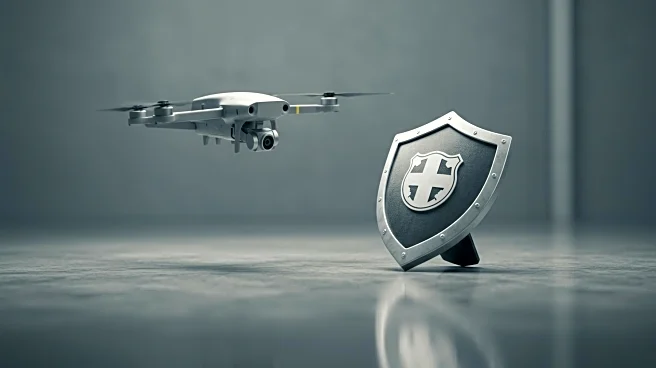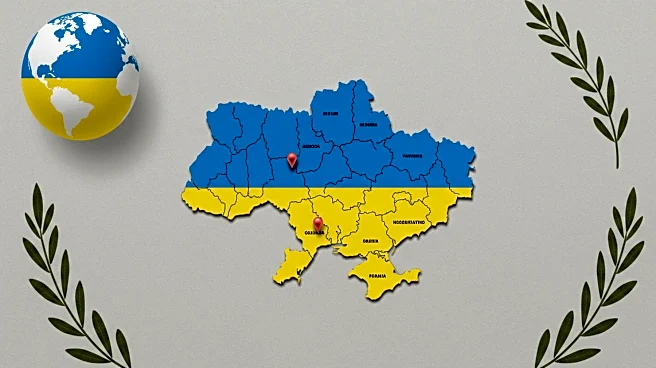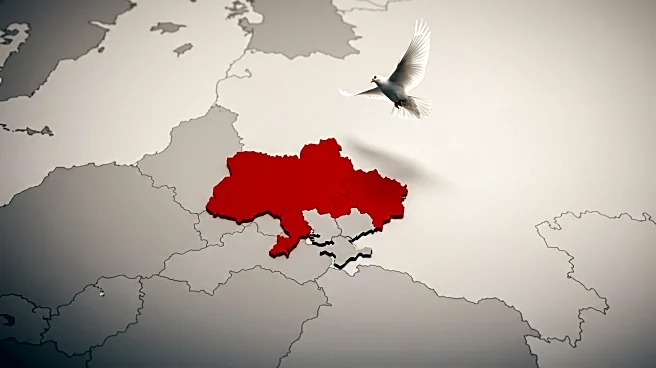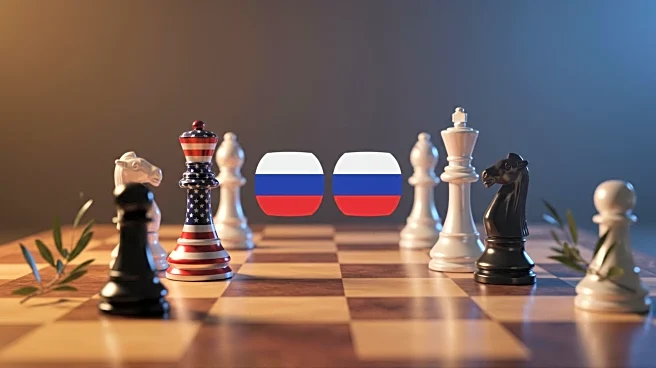What is the story about?
What's Happening?
Experts caution NATO against replacing traditional weapons like tanks and artillery with drones, as seen in the Russia-Ukraine conflict. While drones offer tactical advantages, relying solely on them could be a strategic error. Russian forces have developed formidable counter-UAS capabilities, including jammers and anti-drone measures. The presence of legacy firepower has been crucial for Ukraine's defense, suggesting that a balanced approach integrating drones with conventional weapons is necessary for effective deterrence and combat.
Why It's Important?
The debate over drones versus traditional weapons is critical for NATO's strategic planning. While drones provide cost-effective solutions, they may not offer the same deterrence or combat effectiveness as traditional firepower. NATO's focus should be on integrating drones with existing strengths, such as precision strike capabilities and joint operations, to maintain a tactical advantage. This approach could prevent NATO from playing catch-up in drone warfare and ensure a robust defense against potential aggressors.
Beyond the Headlines
The integration of drones with conventional weapons could redefine military strategies, emphasizing the importance of adaptability and innovation in defense planning. This shift may lead to new doctrines and training programs, preparing forces for future conflicts where technology plays a pivotal role. The ethical and legal implications of drone warfare also warrant consideration, as they impact international norms and rules of engagement.
AI Generated Content
Do you find this article useful?











